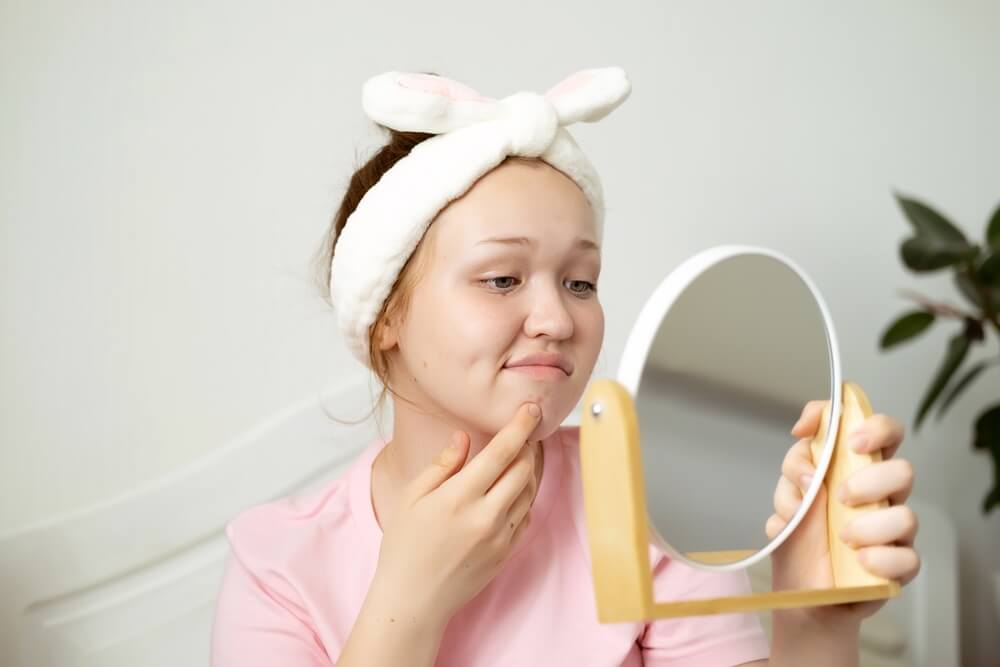This comprehensive article explores the different stages of puberty, what changes occur during each stage, and how parents and caregivers can support young people through this exciting, yet often confusing time. We explain the so-called Tanner stages for both females and males. On top of that, you will learn about the other common signs of puberty to look out for. Of course, before anything else, we recommend consulting with a professional. If you are in the area of you are seeking the best, we suggest a pediatrician in Miami, Florida.
Keep reading to uncover the different puberty stages and find out how you can support your child along the way.
The Stages of Puberty Explained in Detail
Before understanding the different puberty stages, let’s address the elephant in the room: What does puberty mean, and why is it essential in a person’s life?
In short, puberty is a natural and necessary process of physical and hormonal changes that occurs as a child’s body transitions to an adult body capable of sexual reproduction. When a person reaches or “hits” puberty, the body undergoes a series of changes, including the development of secondary sexual characteristics such as breast growth in females and facial hair growth in males, the onset of menstruation in girls, and the deepening of the voice in boys. Puberty also involves changes in the brain, emotions, and social behaviors as young individuals trying to navigate the transition from childhood to early adolescence. If you need further expert help or guidance, consult with a trained professional such as Doctor Ana.
That being said, here is what you must know about the Tanner stages.
What are the Famous Tanner Stages?

The Tanner stages, also popularly known as the Tanner scale or the famous Tanner-Bailey scale, are a system used to describe and classify the physical changes that happen when someone reaches puberty. In essence, the Tanner stages describe the development of both primary and secondary sexual characteristics in males and females. When it comes to girls, the Tanner stages describe breast development, pubic hair growth, and the onset of menstruation. In boys, the Tanner stages describe testicular and penis growth, pubic hair growth, and voice changes.
Keep in mind, children may reach these Tanner stages at different ages. If you have a child undergoing late puberty in their 20s, you may want to consult a medical professional, which can lead to compromised bone mineral density and height.
What is Tanner Stage 1?
Tanner stage one is also known as pre-puberty, which is the stage of development before puberty begins. In this first stage, there are no visible physical changes to the body that are associated with being in puberty.
While there might not be any visible physical changes in puberty stages as Tanner stage one, some internal changes are happening in the body. For instance, hormones such as estrogen and testosterone are starting to be produced, and the body is preparing for puberty.
What is Tanner Stage 2?
Tanner stage two involves the start of physical development. The body begins receiving signals from the hormones.
Tanner Stages of a Female: Stage 2
In females, the breast buds begin to develop, and there is a small elevation of the breast and the nipple. Pubic hair also begins to grow at the base of the labia. The uterus and ovaries continue to grow, and girls may experience mild menstrual-like cramps.
Tanner Stage for a Male: Stage 2
In males, the testes and scrotum begin to enlarge, and the scrotum skin starts to redden and thin. The penis begins to grow in length and width. Also, the pubic hair begins to grow, usually starting at the base of the penis. Also, males experience voice changes as the vocal cords thicken, resulting in a deeper voice.
What is Tanner Stage 3?
Tanner stage three is among the first puberty stages where there is more noticeable development of secondary sexual characteristics in both females and males.
Tanner Stages of a Female: Stage 3
In females, the breast buds continue to develop and become more elevated, with the areola also increasing in size. Also, pubic hair becomes coarser and thicker, with increased growth spreading outwards from the labia. The first menstrual period typically occurs during this stage.
Tanner Stage for a Male: Stage 3
In boys, the testes and scrotum continue to enlarge, with the scrotum darkening in color. The penis continues to grow in length and width, with the glans also becoming more prominent.
What is Tanner Stage 4?
Tanner stage four is one of the main stages of puberty, where there is even more noticeable development of secondary sexual characteristics in both girls and boys.
Tanner Stages of a Female: Stage 4
In females, breast development continues, and the areola and nipple form a secondary mound above the rest of the breast. Also, the vagina continues to lengthen and widen, and there is more visible growth of underarm hair.
Tanner Stage for a Male: Stage 4
In males, the testes and scrotum continue to enlarge, and the scrotal skin becomes darker and more wrinkled. Boys may also get acne.
What is Tanner Stage 5?
Tanner stage five is the final stage of the five stages of puberty, where the development of secondary sexual characteristics is complete.
Tanner Stages of a Female: Stage 5
In females, the breasts have reached their adult size and shape, with the nipple and areola forming a single mound on the breast. The vagina has completed its development, and the uterus and ovaries have reached their adult size. Typically, the buttocks, thighs, and hips become more shapely. Periods should also become regular after six months.
Tanner Stage for a Male: Stage 5
In males, the testes and scrotum have reached their adult size and shape, and the penis has completed its development. The pubic hair has spread to the inner thighs and is now coarser and darker. Boys may also experience a growth spurt, with increased muscle mass and broadening of the shoulders.
Common Syptoms and Signs of Hitting Puberty

Here are some of the most common signs that you are dealing with a child in puberty.
Puberty May Cause Acne Outbreaks
During puberty, hormonal changes can cause the skin to produce more oil, contributing to the development of facial and body acne.
In both males and females, puberty causes an increase in androgen hormones, such as testosterone, which can stimulate the sebaceous glands to produce more sebum (oil). The excess sebum can mix with dead skin cells and bacteria, leading to the development of acne.
Puberty May Change Body Odor
When your child is in puberty, hormonal changes can cause the sweat glands to become more active, leading to an increase in sweating or perspiration. This can contribute to changes in body odor as sweat can mix with bacteria on the skin, leading to the development of a foul odor.
Puberty May Cause Mood Changes
By now, it is clear that puberty is a time of significant psychological and social development, and the hormonal changes that happen during the different stages can impact mood and behavior. When in puberty, the brain undergoes incredible changes in structure and function, and there is a boost in the production of hormones, including estrogen, progesterone, and testosterone. As a result, these changes can affect the regulation of mood and emotions.
Give Us a Call Today
Puberty can be a confusing period in life, both for children and parents. If you need expert guidance, we are here to help! Give us a call today and schedule your first appointment with our team of professionals.




